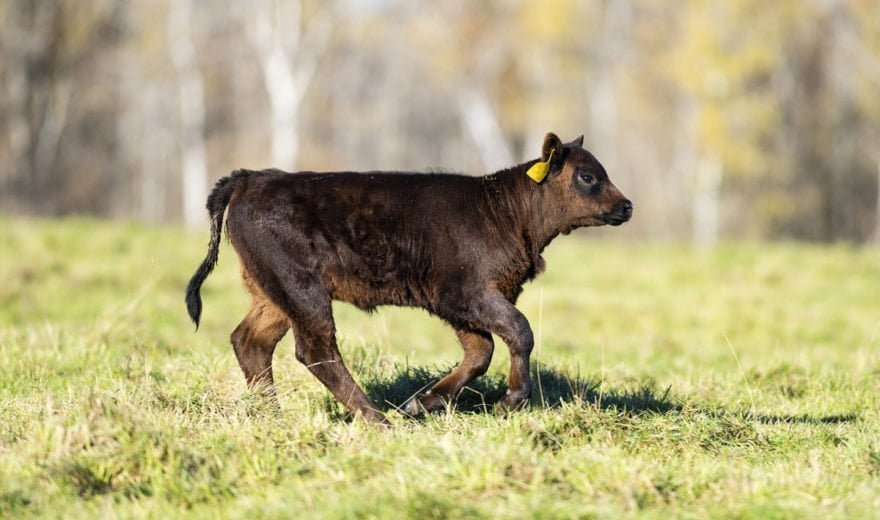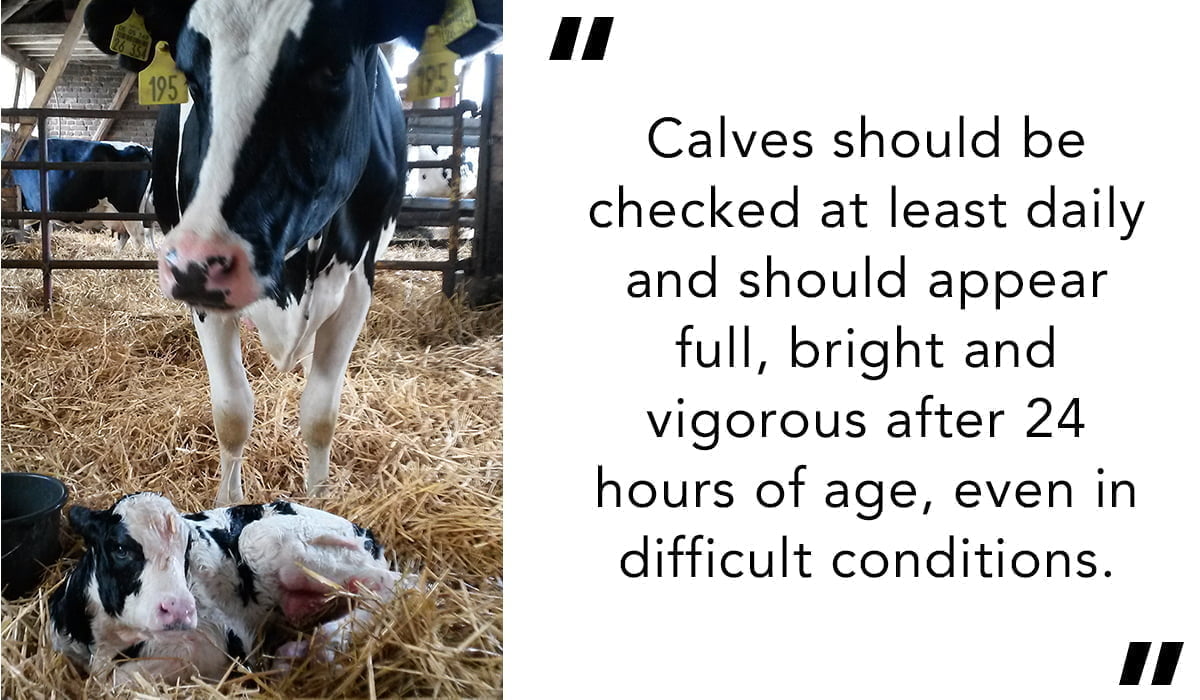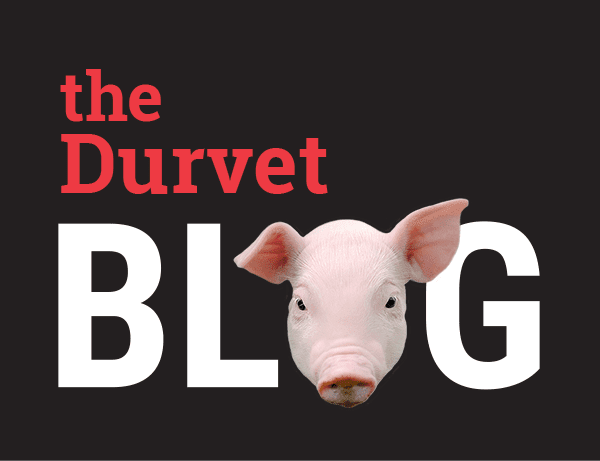
THE FIRST THREE WEEKS ARE CRITICAL
Pre-weaning calf death is an economic challenge to cow-calf producers, resulting in the loss of money spent on breeding, feeding, and routine health care of pregnant cows. Based on USDA-APHIS survey data, about two-thirds of beef calf pre-weaning death occurs between birth and three weeks of age, indicating that this neonatal period is the most critical for calf survival. Common causes of calf loss include predator related mortalities, digestive and respiratory problems, calving difficulty, weather-related deaths, and other diseases.
Good management of pregnant cows and neonatal calves can increase calf survival during this period. It is important to consult a veterinarian about vaccination strategies and treatment of disease.
Breeding To Calving
The first strategy to improve calf survival is to provide proper nutrition, management, and vaccination of pregnant cows. Late pregnancy is an especially important time to keep cows in adequate body condition by providing energy and protein supplementation as necessary. This is also not a time to skimp on mineral and vitamin supplementation.
Providing a clean, dry environment is vital for early calf health. Barns are often considered ideal for calving during cold or wet conditions, but they can quickly become ideal breeding grounds for pathogens that cause scours. Environments with mud and dirty bedding can also carry pathogens that lead to calf illness and umbilical infections. Ideally, cow-calf pairs should be moved outdoors once the calf is dry and has consumed adequate colostrum. If this is not feasible, bedding should be kept as clean as possible and ventilation should be good. Disinfection of barns and equipment before and during the calving season can decrease pathogen load.
Early detection of calving problems is also key to increase calf survival. Calving dams should be checked frequently with special attention given to heifers due to the increased likelihood of dystocia.
Calves should be born with front feet first, followed by the nose. Calves that are not presenting in this position will likely need assistance being delivered. Supplies should be kept on hand near the calving area to assist with any births that are not progressing normally. In general, females in labor should make progress every 30 minutes after a water bag is visible. While a chute or head catch is not required, it can be useful to have accessible along with OB chains and handles, shoulder-length plastic sleeves, OB lube, and mechanical calf puller.
Feeding a supplement in the evening has been shown to shift calving times to daylight hours. Calving during daylight not only makes checking cows and calves easier but also makes any necessary intervention easier as well. Feeding time also provides a good opportunity to note any cows that choose not to come up for supplementation, either because they have a new calf or are actively calving.
Post-Calving
Monitoring early calf behavior can allow producers to catch problems at an early enough stage for intervention to be successful. The main goal for a newborn calf is to get nutrients and immunoglobulins via passive transfer from the cow’s colostrum. Following a normal delivery, most calves stand within one hour of calving and nurse within the first two hours.
Cows with good maternal instincts will lick their calves to remove fluids. It is important for the neonate to get dry and maintain normal body temperature. In extreme temperatures, calves still may not be able to dry fully which can cause hypothermia, delayed colostrum intake and possible death. Hypothermic calves often need to be brought into a warm barn or possibly into a calf warmer, vehicle or other building to have a chance at survival.

Calves should be checked at least daily and should appear full, bright and vigorous after 24 hours of age, even in difficult conditions. Weak calves, those that were pulled or calves that needed assistance to nursing should be monitored closely.
Scours and Other Diseases
Scours are typically the first disease to strike young calves, as early as the first few days of life. Dehydration is the biggest concern with scouring calves, so providing fluid and/or electrolytes (via bottle or esophageal tube) is often the most effective treatment. It is best to consult a veterinarian about scours treatment plans and to have all therapies (e.g. electrolytes) ready prior to calving season.
Calves should also be monitored for symptoms of respiratory disease (coughing, nasal discharge), especially as they get older and in cold or wet conditions. Treatments can differ greatly depending on symptoms and conditions, so a veterinarian should be contacted with the first case each calving season.
Good cow and calf management before and after calving can greatly improve calf health and survival on beef cow-calf operations. Preparation for the calving season is key, as problems often occur during inclement weather or at inopportune times.
By Allison M. Meyer, Ph.D., Division of Animal Sciences, University of Missouri; Natalie B. Duncan, Division of Animal Science, University of Missouri

 BACK TO MAIN BLOG
BACK TO MAIN BLOG 
Comment